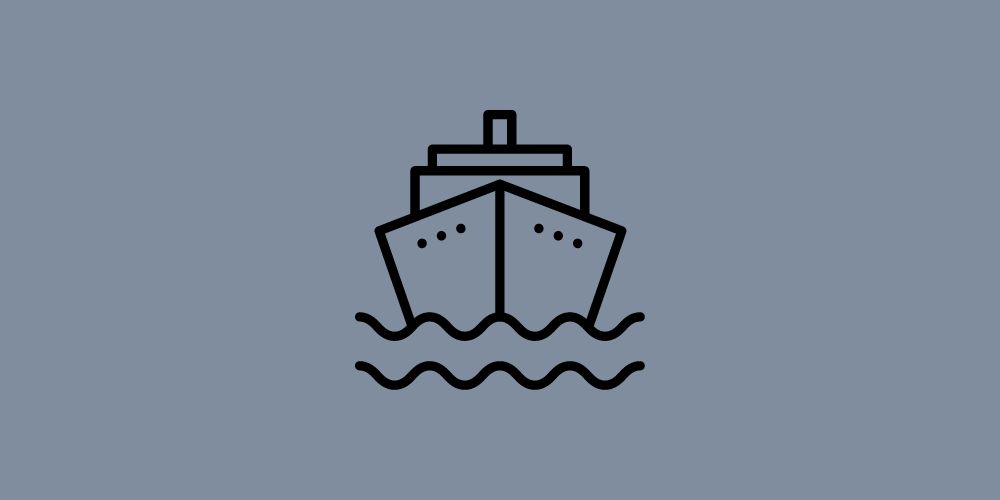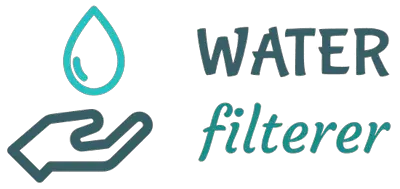Many first-time cruisers have questions about the safety of drinking water on a cruise ship.

Can you drink the water from the faucets in your stateroom? Is it safe to brush your teeth with the sink water? The simple answer is YES, it is safe to drink tap water on a cruise ship.
In fact, all of the potable (drinking) water onboard a cruise ship must meet or exceed the U.S. Public Health Service Standards for Safe Drinking Water. This means that the water onboard is held to the same standards as the tap water in major U.S. cities.
Cruise ships get their water from a variety of sources, including onboard desalination plants, port city water supplies, and tankers. The water is treated and filtered before it’s used onboard, and it’s regularly tested to ensure that it meets international safety standards. In short, the water on a cruise ship is safe to drink.
Of course, some people prefer not to drink tap water no matter where they are. If that’s the case, you can always request bottled water from your room steward or in the dining room. Most cruise lines also have water fountains where you can fill up your own bottle.
Most cruise ships have bottled water available for purchase, and many have ice machines and self-serve soda and juice dispensers that passengers can use for free. There are also usually coffee and tea stations set up around the ship where you can get hot beverages 24 hours a day.
Can You bring water on a cruise?
It is not generally recommended that you bring your own water on a cruise, as many cruise lines have strict policies regarding bringing outside food or beverages onboard. However, if you are concerned about the safety of drinking tap water on a cruise ship, you may wish to bring bottled water with you for peace of mind.
Most cruise ships limit non-alcoholic beverages to 12 (17 oz.) standard cans, bottles, or cartons per stateroom. Milk and distilled water for infant, medical, or dietary needs are also typically allowed.
Some cruise lines may also allow you to bring a limited amount of sealed, unopened food items with you onboard, such as snacks or individual-sized meals from home. Before your trip, you should check the policies of your specific cruise line before bringing outside food or water on your trip.
Despite the fact that tap water on cruise ships is safe to drink, it’s still a good idea to be mindful of what you’re consuming. Staying well-hydrated throughout your cruise can help prevent travel-related illnesses like sea sickness or dehydration.
Can you walk around a cruise ship with a drink?
Yes, you can usually walk around a cruise ship with a drink in hand, as long as you’re not causing any disturbance or interfering with other passengers’ enjoyment of the ship.
Certain areas of the ship such as casinos and dining rooms may have beverage policies that differ from those on the rest of the vessel. Before bringing any drinks into these areas, you should check the posted signage or ask a crew member to see what types of beverages are allowed.
Cruise ships are typically considered to be very social and relaxed environments, where passengers can enjoy themselves with a drink in hand. So if you happen to be enjoying a drink with friends and family, make sure that you follow any posted guidelines or crew instructions to ensure that you have a safe and enjoyable cruise experience.
Final Thoughts
Drinking water on a cruise ship is perfectly safe – in fact, it’s held to even higher standards than tap water in many major cities in the U.S.
With that said, if you’re still not comfortable drinking sink water while on vacation, there are plenty of other options for staying hydrated, like bottled water, ice machines, self-serve soda and juice dispensers, coffee and tea stations, and more.
Whether you’re simply looking to relax and enjoy a drink, there are plenty of options for doing so on a cruise ship.
So enjoy your cruise and don’t forget to stay hydrated.
Bon voyage!

